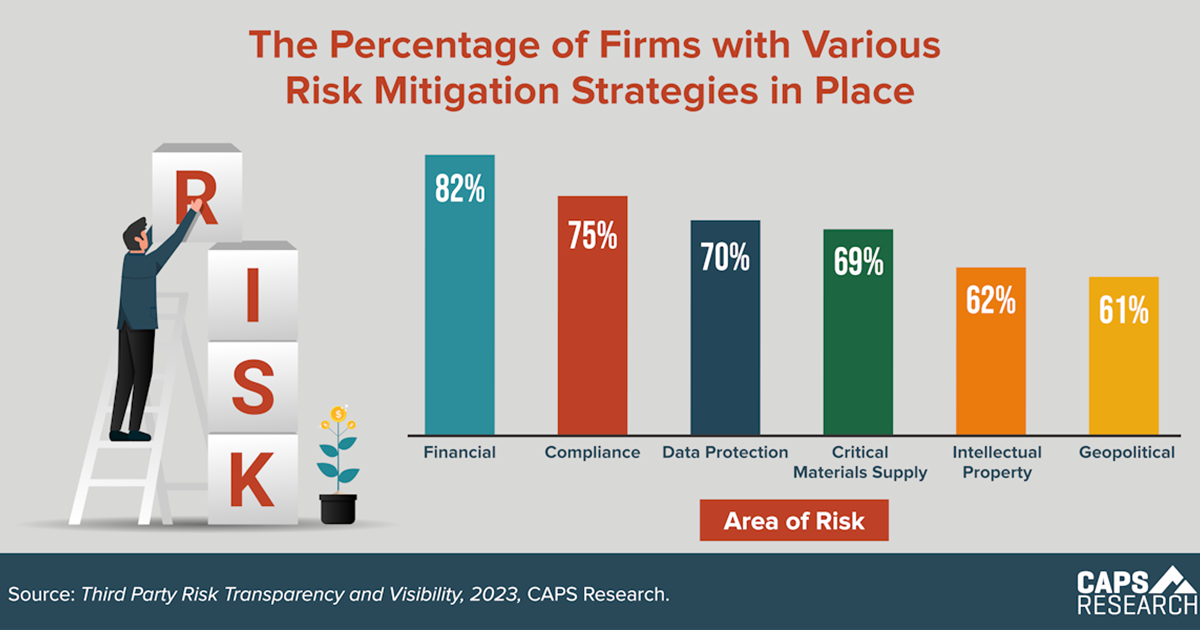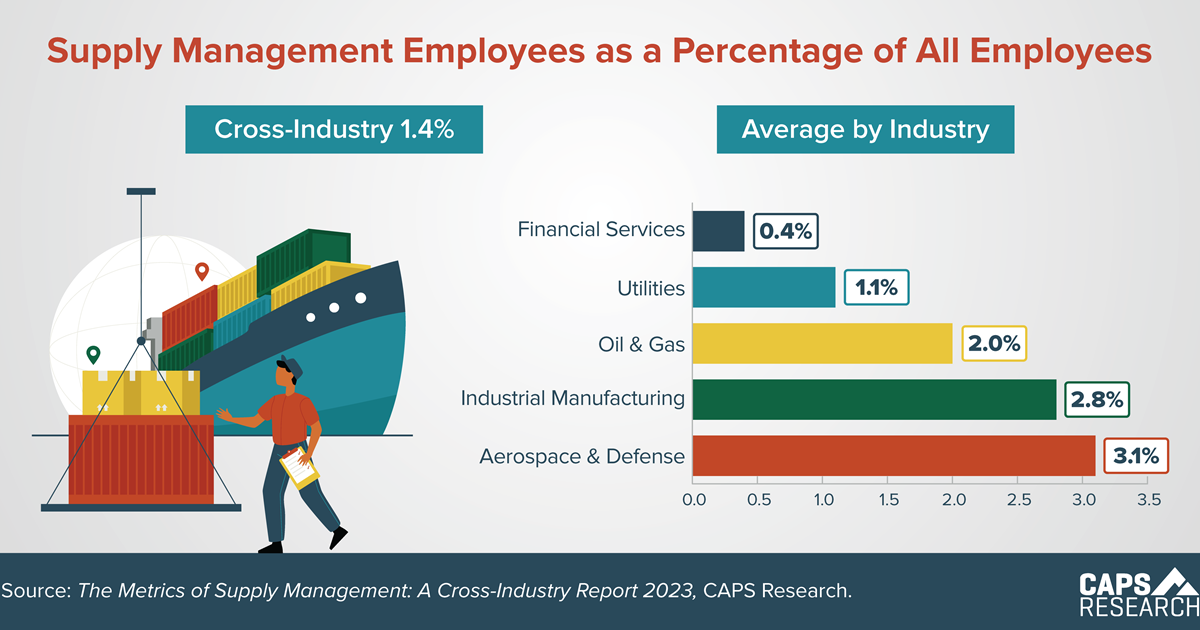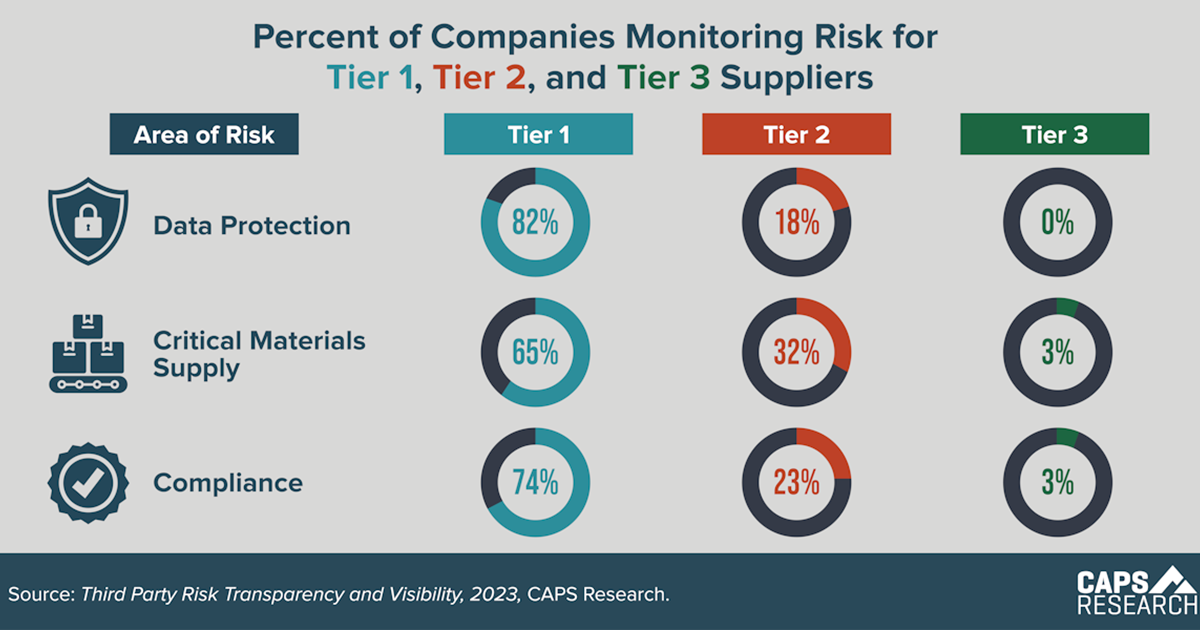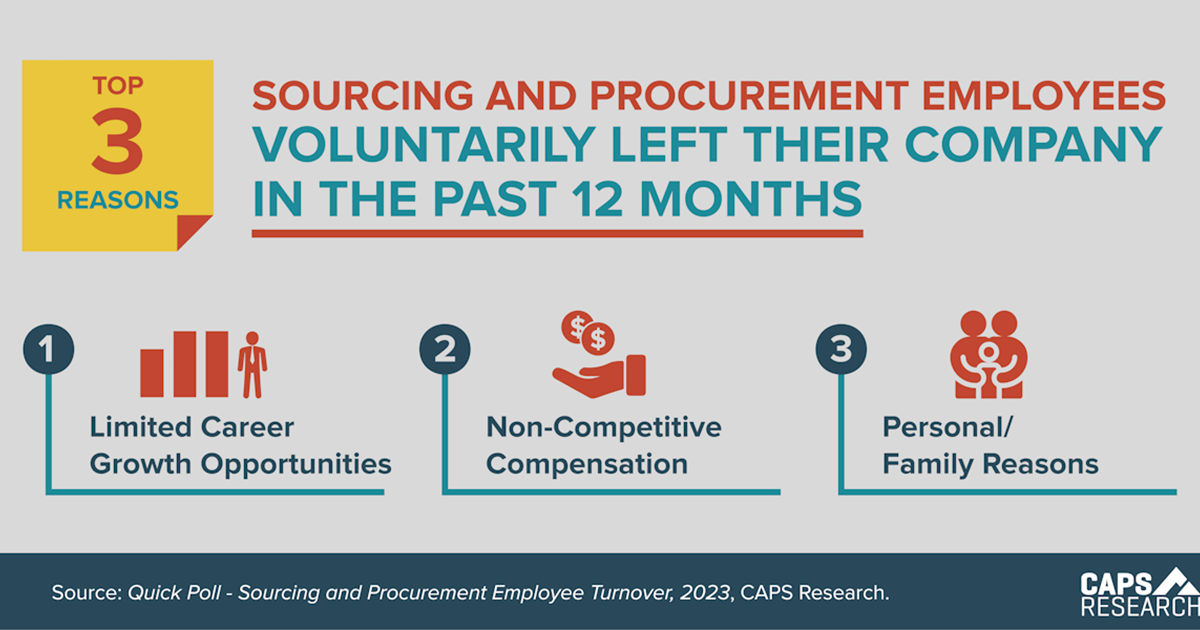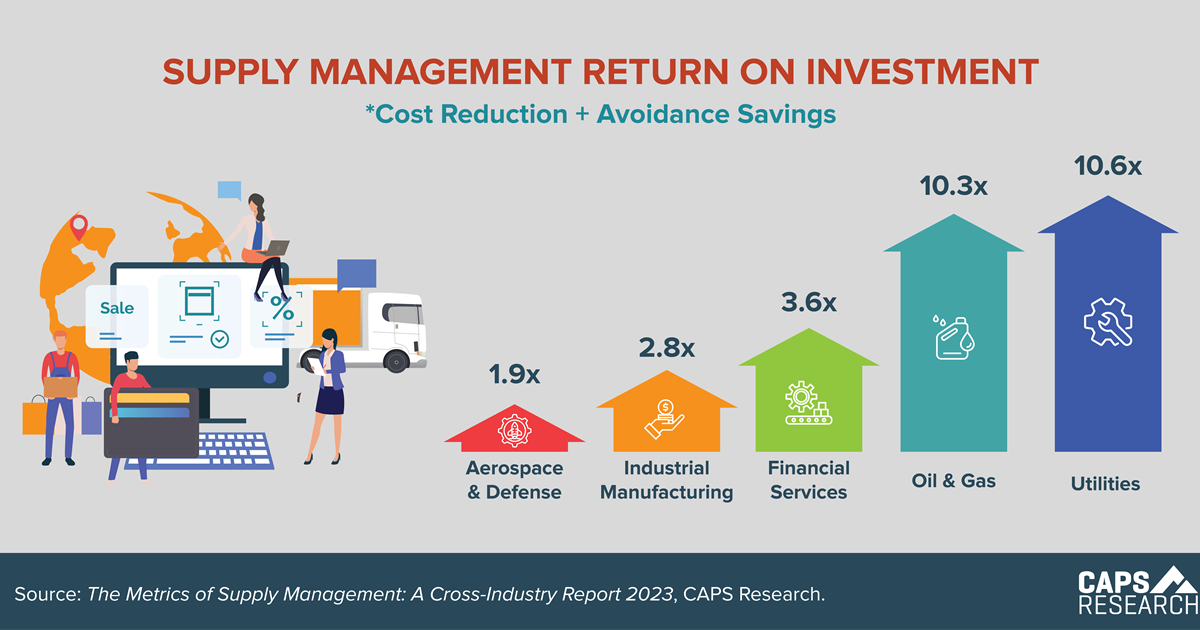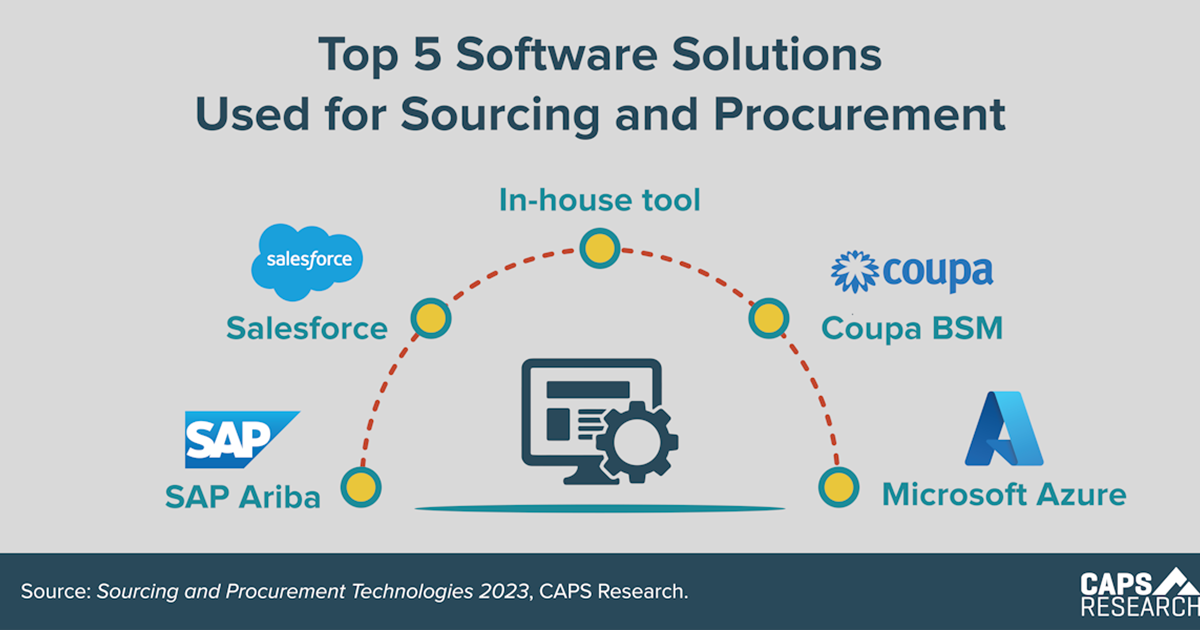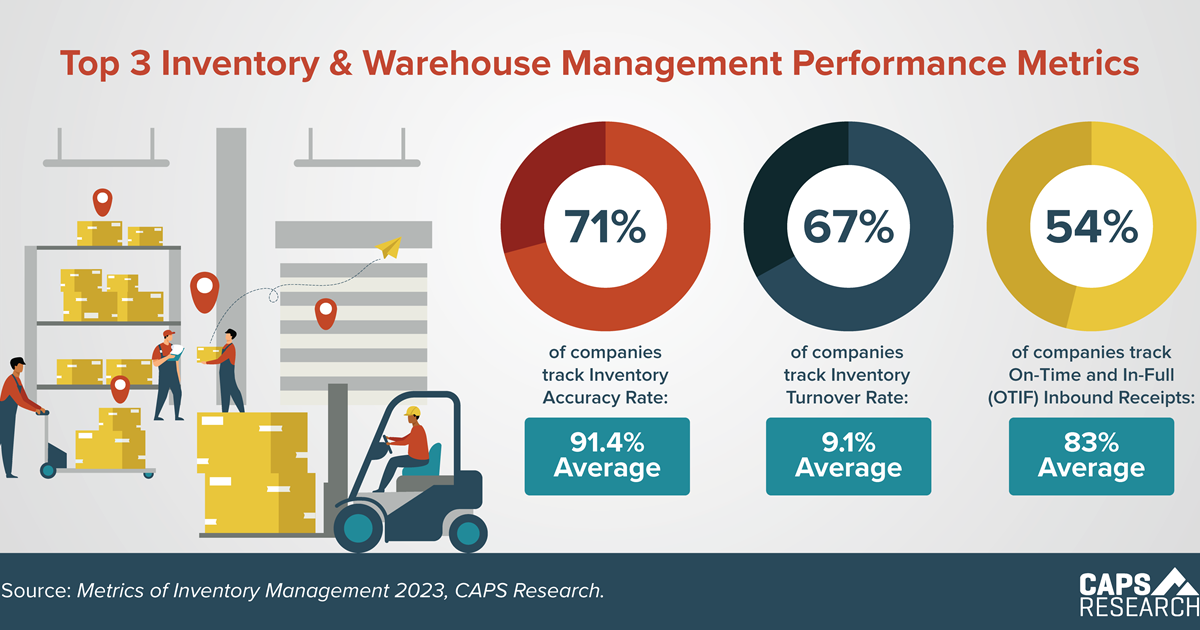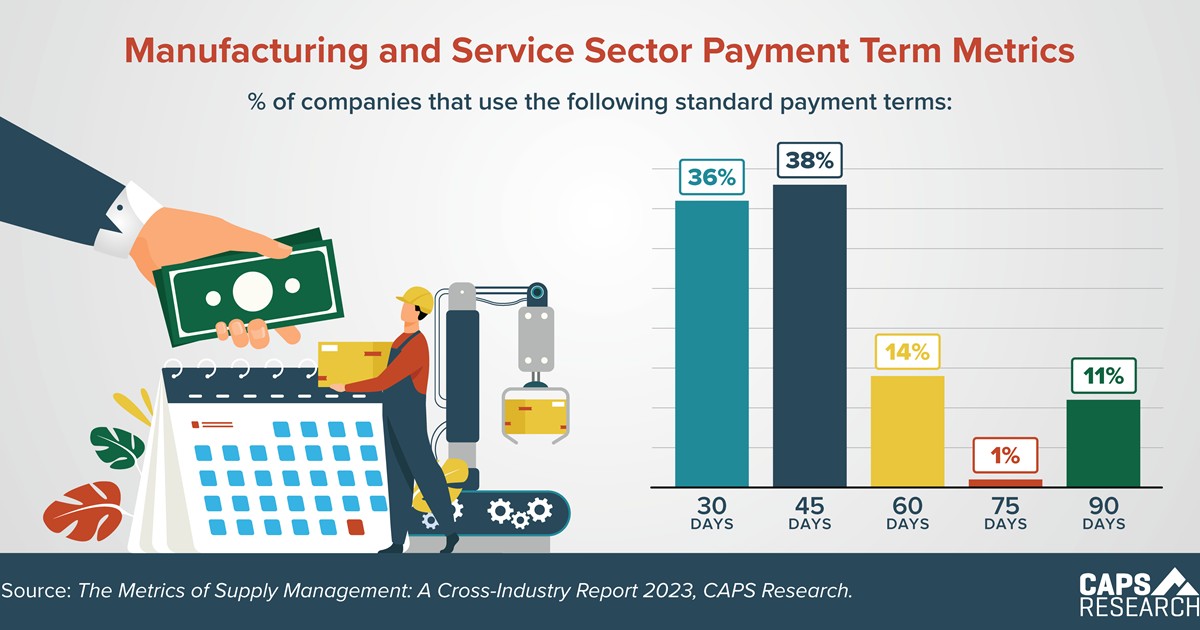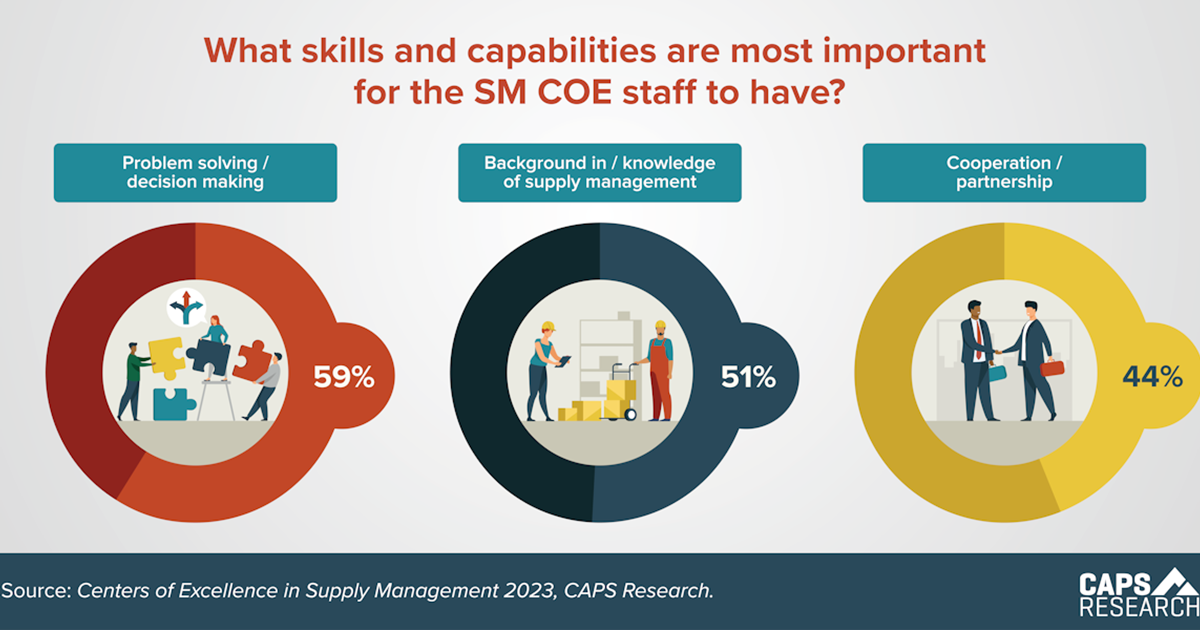Mitigating supply chain risk has become increasingly important. A recent CAPS report shows that the percentage of firms with mitigation strategies in place for financial and compliance risks is the highest with geopolitical risk strategies being the least utilized.
Percent of SM Employees
According to the CAPS MoSM report, only 1.4% of the total headcount across all industries are supply management employees. The overall percentage is the same as last year’s report, although there were some slight shifts within each industry.
Monitoring Supplier Risk
A recent CAPS report reveals that most companies are not monitoring common supply chain risks with Tier 2 suppliers and virtually none are monitoring Tier 3 supplier risks.
Tactical vs Strategic Buying
Tactical buying remains the biggest focus for supply management headcount, claiming 31% of resources. Strategic sourcing has the potential to produce greater value, but these resources are a smaller portion of the team mix.
Reasons Employees Leave
Quick Poll results reveal the top 3 reasons supply management employees voluntarily left an organization were because of limited career growth opportunities, non-competitive compensation, and personal/family reasons.
Supply Management ROI
Supply management ROI is a simple way to communicate the value your supply management group delivers to stakeholders. In 2022, every US$1 invested in supply management returned $7.05, an average of all companies’ ROI using reduction + avoidance savings.
Top Procurement Software
Based on a recent CAPS Research survey, the top 5 software solutions being used for sourcing and procurement are SAP Ariba, Salesforce, In-house tools, Coupa BSM, and Microsoft Azure.
Inventory Performance Metrics
In a new CAPS Survey about Inventory and Warehouse Management, respondents report the top 3 performance metrics are Inventory Accuracy rate tracked by 71% of companies, Inventory Turnover rate tracked by 67% and On-time and In-full Inbound Receipts tracked by 54%.
Standard Payment Terms
Across the manufacturing and service sectors the largest percentage of companies, 38%, use 45-day payment terms. Meanwhile 36% use 30-day terms, 1% use 75-day terms and 11% use 90-day terms.
Most Important SM COE Skills
Top skills and capabilities needed in 2023 for Supply Management Centers of Excellence (SM COE) employees include problem solving, supply management experience, and cooperation.
Non-members can receive the report of each survey they submit.
Members can access all reports, but are encouraged to submit surveys to
increase the comparative breakouts only they receive.
